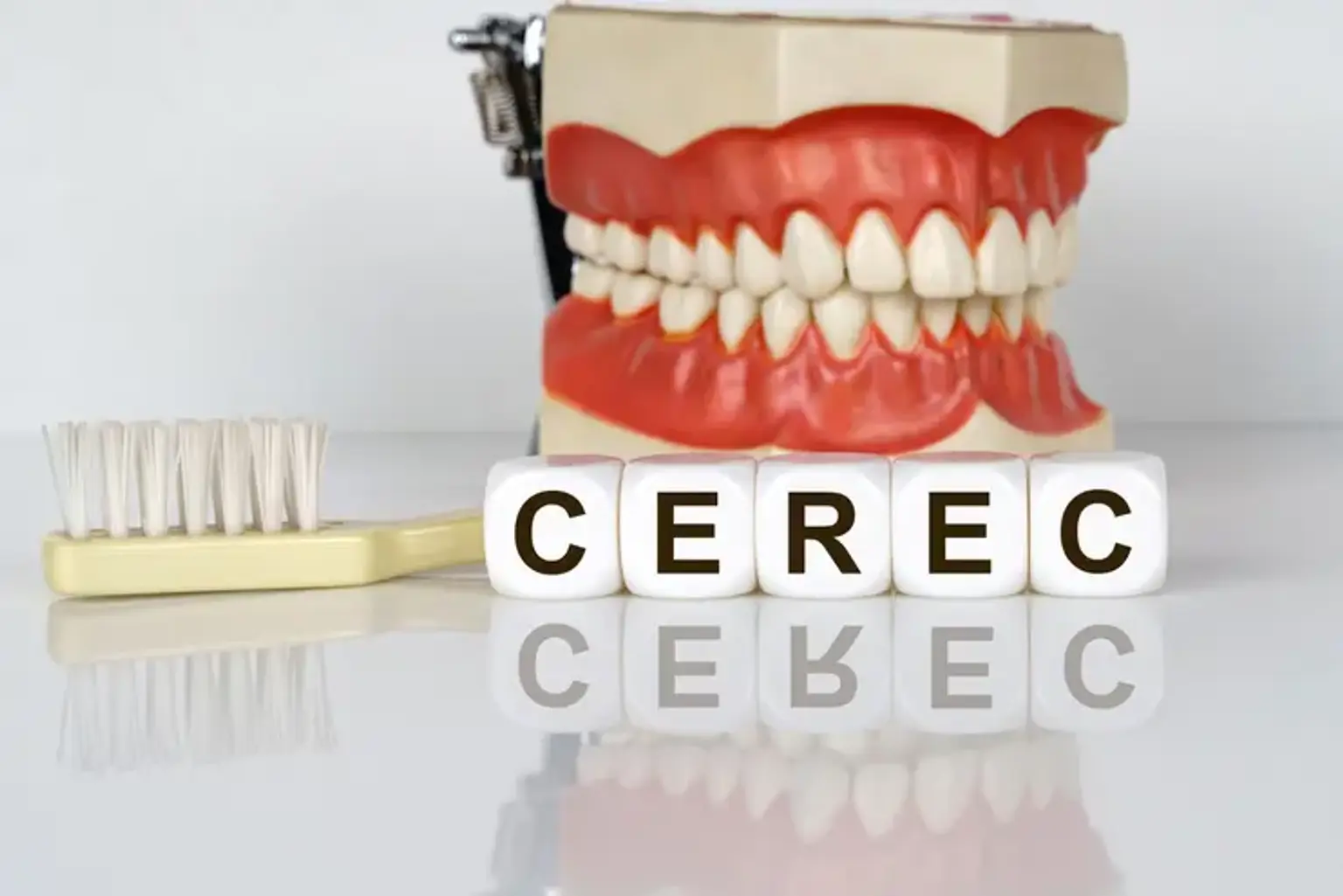Overview
CEREC (Chairside Economical Restoration of Esthetic Ceramics) is an advanced technology used in modern dentistry to create dental restorations such as inlays and onlays. These restorations are made from high-quality ceramic materials that match the natural color of your teeth, ensuring both functional and aesthetic benefits. The major advantage of CEREC technology is that it allows for same-day restorations, meaning you can have your inlay or onlay created, fitted, and placed all within a single visit to the dentist.
Inlays and onlays are custom-made restorations that are used when a tooth is too damaged for a simple filling but doesn't require a full crown. While both inlays and onlays are highly durable, the main difference lies in the amount of tooth structure that needs to be restored. Inlays are used to fill cavities that are within the tooth's chewing surface, while onlays extend over the tooth's surface, often covering more area and sometimes even the cusps of the tooth.
Why CEREC Inlays and Onlays Are Popular
CEREC restorations have gained significant popularity for several reasons. Firstly, the procedure allows for same-day treatment. Unlike traditional methods, which often require multiple visits to create and place a restoration, CEREC inlays and onlays can be completed in one appointment. This not only saves time but also provides immediate results, which is a huge convenience for patients.
The aesthetic appeal is another reason why many people choose CEREC restorations. Since they are made from high-quality ceramic, these restorations blend seamlessly with natural teeth, providing a natural look that many patients desire. This is particularly important for visible teeth, as patients want restorations that are as undetectable as possible.
Additionally, CEREC restorations are extremely durable. The materials used are designed to withstand the pressure from chewing and last for many years with proper care. Patients also appreciate the precision of CEREC, as the digital scanning and CAD/CAM technology ensure that each restoration is custom-fitted to the unique shape of their tooth.
